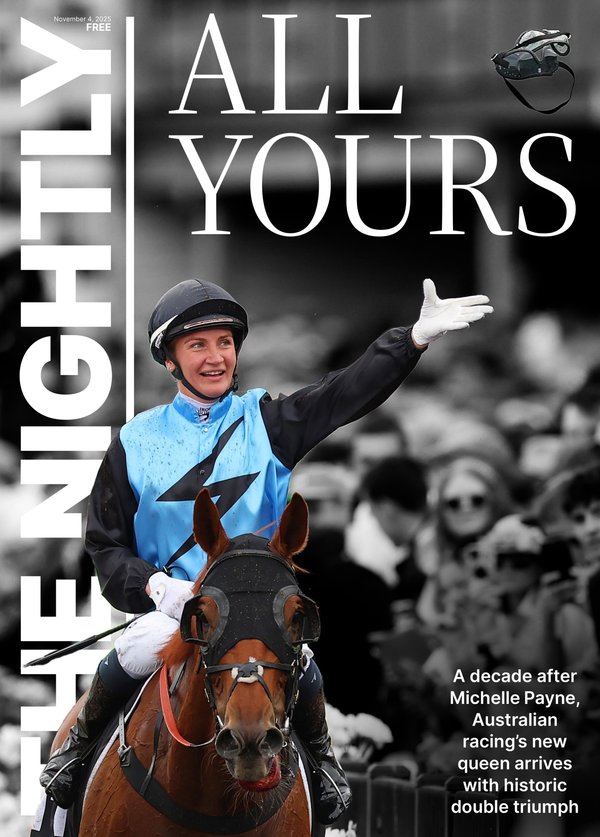THE WASHINGTON POST: New info fuels JFK conspiracy theories as CIA reveals connections to Lee Harvey Oswald
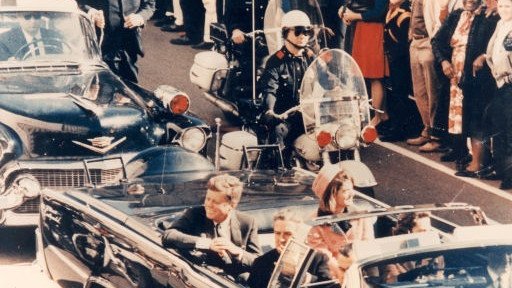
For more than 60 years, the CIA claimed it had little or no knowledge of Lee Harvey Oswald’s activities before the assassination of President John F. Kennedy in November 1963. That wasn’t true, new documents unearthed by a House task force prove.
The revelation adds fuel to the long-simmering questions around what the agency knew about the plot to murder the president, and what else it may be hiding.
The documents confirm that George Joannides, a CIA officer based in Miami in 1963, was helping finance and oversee a group of Cuban students opposed to the ascension of Fidel Castro. Joannides had a covert assignment to manage anti-Castro propaganda and disrupt pro-Castro groups, even as the CIA was prohibited from domestic spying.
Sign up to The Nightly's newsletters.
Get the first look at the digital newspaper, curated daily stories and breaking headlines delivered to your inbox.
By continuing you agree to our Terms and Privacy Policy.The CIA-backed group known as DRE was aware of Oswald as he publicly promoted a pro-Castro policy for the US and its members physically clashed with him three months before the assassination. And then, a DRE member said, Oswald approached them and offered his help, possibly to work as a mole within his pro-Castro group, the Fair Play for Cuba Committee.
The CIA had long denied any involvement with the Cuban group, or any awareness of Oswald’s pro-Cuba advocacy. After the most recent release of documents, the agency did not respond to a request for comment.
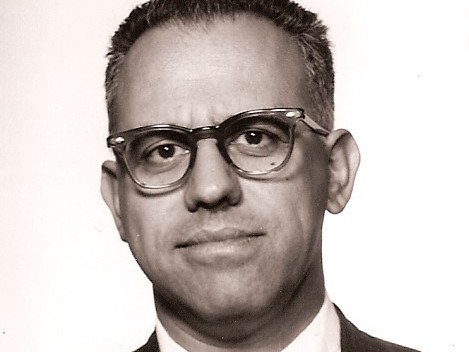
The House Oversight Committee created a task force on “federal secrets” to revisit the executive orders by President Trump, in both of his administrations, requiring the release of assassination files by government agencies.
After the task force held hearings on the JFK assassination this spring, Chairwoman Anna Paulina Luna (R-Florida) led a push for the CIA to revisit its archives, which produced some significant discoveries, including new details about Joannides, who had previously only been identified with the alias of Howard.
That’s the name members of the DRE in Miami had for the CIA contact they kept apprised of their actions, but the CIA informed both the Warren Commission in 1964 and the House Select Committee on Assassinations in 1978 that Howard didn’t exist.
In 1998, after the formation of the Assassination Records Review Board, the CIA again said it had no records related to Howard and the name may have been “nothing more than a routing indicator”.
Documents from Joannides’ CIA personnel file were released earlier this month showing he had obtained a phony Washington DC driver’s licence. The name on it: “Howard Mark Gebler.”
“This confirms much of what the public already speculated: that the CIA was lying to the American people, and that there was a cover-up,” Luna said in an email.
The documents also show the CIA gave Joannides a career commendation medal in 1981 in part for his handling of the Cuban group and also for his role as a liaison to the House assassinations committee, in which researchers have said that Joannides stonewalled them when they dug deeper into CIA files.
The commendation noted his assignment as “Deputy Chief of the Psychological Warfare Branch” in Miami in 1962, and said “He did particularly well with the handling of exile student and teacher groups.”
“It’s a breakthrough, and there’s more to come,” said Jefferson Morley, a longtime JFK researcher and former Washington Post reporter, who first sued the CIA for their assassination files in 2003.
“The burden of proof has shifted. There’s a story here that’s been hidden and avoided, and now it needs to be explored. It’s up to the government to explain.”
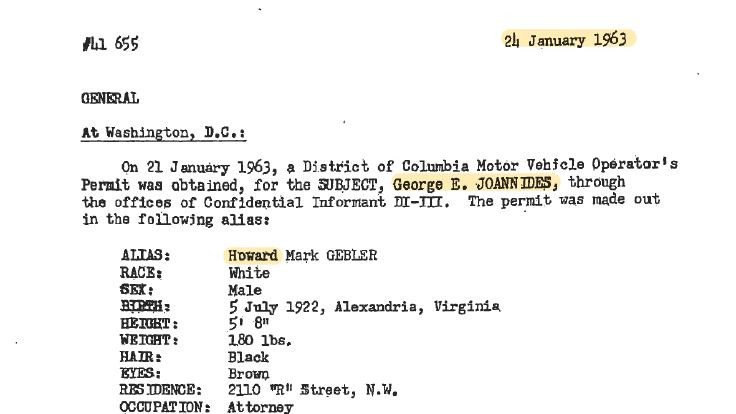
There is no indication in any of the files that the CIA was involved in the assassination of Kennedy, which the Warren Commission declared in 1964 was the work of Oswald as a lone gunman. The House in 1976 launched a select committee to investigate the assassinations of Kennedy and Martin Luther King Jr., and concluded that Oswald worked as part of a “probable conspiracy,” but they could not determine who else was in the conspiracy.
Staff members for the committee have said they were making progress on unearthing documents from the CIA in 1978 until a new agency liaison was installed: Joannides, whom they had no idea was at the Centre of what they were trying to uncover.
“Joannides began to change the way file access was handled,” committee staff member Dan Hardway testified before Luna’s task force in May. “The obstruction of our efforts by Joannides escalated over the summer (of 1978). … It was clear that CIA had begun to carefully review files before delivering them to us for review.”
After the movie “JFK” launched new questions about the slaying, Congress in 1994 created the Assassinations Records Review Board, which again tried to recover key documents from federal agencies, and again probed the CIA. The CIA responded with its memo about “Howard,” saying he didn’t exist.
“My memo was incorrect,” said J. Barry Harrelson, a former CIA official who wrote the memo. “But this wasn’t deliberate.”
He said he wasn’t provided Joannides’s personnel file, but that it was provided to the review board. Morley said the review board received the file, but seeing no references to Oswald, didn’t realise its relevance. Harrelson said the release of the D.C. driver’s licence notes was “the first time I’d seen it.”
In an interview, Harrelson also said Howard was not listed in the “registered alias” database of the CIA. Morley said that was an indicator that Joannides’s Miami operation was “off the books,” and not formally recognised by the agency. Harrelson disagreed, saying “he had a public driver’s licence” and that the Cuban students knew his name, though not his real identity.
Harrelson’s memo also noted that progress reports on Joannides’s Miami operation were missing for the 17 months he was there, which Morley said was another indicator that the anti-Castro programme was secret even within the CIA.
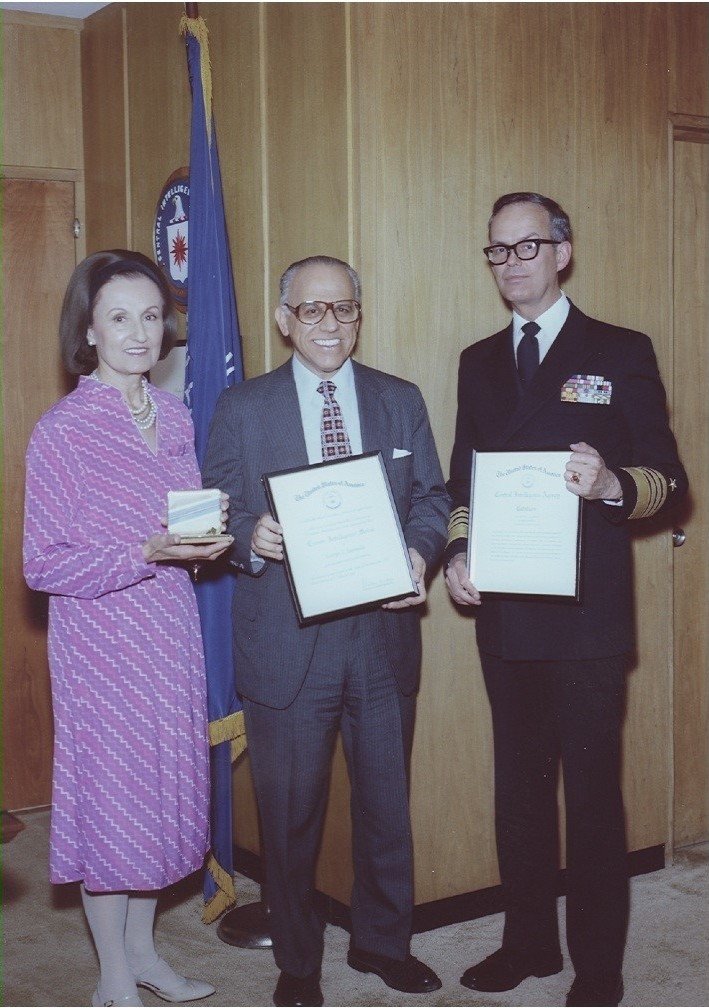
The search for Howard began in the 1990s when Morley interviewed members of the Cuban group DRE, short for Directorio Revolucionario Estudiantil, or Student Revolutionary Directorate. Among them was Jose Antonio Lanuza, now 86, who told The Post that “Howard” dealt only with the DRE’s leader, Luis Fernandez Rocha, and Rocha would pass on direction from “Howard.”
Previously released records show that the CIA had begun reading Oswald’s mail in 1959, when he defected to the Soviet Union, a move that attracted American media attention. Oswald returned to the US in 1962 with a new wife and daughter in tow and settled in Dallas. Morley has found that the CIA continued to monitor Oswald.
“At least 35 CIA employees handled reports on Oswald between 1959 and 1963,” Morley said, “including a half dozen officers who reported personally to (counterintelligence chief James) Angleton or deputy director Richard Helms.”
The files included State Department and FBI reports about his defection and his activities with the Fair Play for Cuba Committee, a pro-Castro group in the U.S. for which he launched a one-man chapter in New Orleans in August 1963.
When Oswald publicised his involvement in the pro-Castro group, the DRE swung into action and confronted him on the street in New Orleans, leading to a brief altercation and police involvement. One of the DRE members challenged Oswald to a debate, which was broadcast on the radio in the Crescent City. Rocha sent a tape of the debate to Howard, DRE records show.
Not long after that, Oswald approached one of the DRE members in New Orleans and offered his help, Lanuza said in an interview. “He indicated he might be interested in helping us train for military operations,” Lanuza said. Then, Oswald sent a letter to the DRE, Lanuza said.
“It was handwritten, two pages,” Lanuza recalled. “It was crap. A ranting thing. ‘I am willing to go to Miami to help you guys.’ It was all building up a legend. I was constantly getting letters from gringos who wanted to come in and dress up in military garb and show up in my office.” He filed it away.
Was Oswald secretly offering to spy on Fair Play for Cuba, something the CIA had other operatives doing? Lanuza thinks so, but the DRE didn’t follow up with Oswald. “Lee Harvey Oswald was trying to get in the good graces of the CIA,” Lanuza said. “He said ‘I’ll do whatever.’”
But when the news hit that Oswald had been arrested three months later, Lanuza and Rocha called Howard. Lanuza said Howard told them to call the FBI and provide the letter, and then alert the media to Oswald’s pro-Cuba leanings. The FBI came and took Oswald’s letter with a promise to return it, Lanuza said, but never did.
Lanuza then phoned his contacts in the news media, who promptly added Oswald’s political leanings to their coverage. The Fair Play for Cuba Committee soon imploded from its association with Oswald, a massive victory for the CIA — and for Howard.
Morley and other researchers always suspected Howard was Joannides, who died in 1990, but it wasn’t confirmed until the driver’s licence documents were released July 3.
“Why couldn’t they say that (before 2025)?” Morley asked. “I think the only reason is there’s something nefarious going on. If it’s something innocent, just say this is what happened.”
Oswald said “I’m a patsy” when speaking to journalists in Dallas police headquarters after his arrest, and many disbelieve the Warren Commission conclusion that he was a lone gunman.
“He really wasn’t alone, he had the CIA looking over his shoulder for four years,” Morley said.
Rolf Mowatt-Larssen, a former CIA counterintelligence officer who has delved deeply into the case, said, “This looks a hell of a lot like a CIA operation.”
He said a plausible theory was rogue CIA officers created the conspiracy to assassinate Kennedy, unknown to the agency, and that “the CIA covered it up not because they were involved, but because they were trying to hide the secrets of that period.”
He said many in the CIA were angry with Kennedy after he withdrew support for the agency’s Bay of Pigs invasion of Cuba in 1961 as well as for his gradual move toward peace with the Soviet Union after the Cuban missile crisis of 1962.
“The question is what was Joannides doing for the CIA monitoring Oswald?” Mowatt-Larssen said. “The people who were orchestrating this had access to Joannides’s reporting. They used that to monitor Oswald. His bona fides are being set up to be a lone gunman,” a cover story for other shooters.
“We are getting closer to the truth about Oswald and the CIA, but I do think there is more to come,” said Senior US District Judge John R Tunheim of Minneapolis, who chaired the assassinations review board in the 1990s. “The Joannides disclosures are most important, I think.”
Tunheim said he didn’t see any CIA complicity “at this point. I see hiding information to avoid embarrassing questions, information that proves past lies.” He noted that Congress passed the JFK Records Act in 1992. “Where are Howard’s monthly reports and progress reports? Howard’s files must exist, probably apart from Joannides’s files.”
Luna agreed with Mowatt-Larssen that “there was a rogue element that operated within the CIA, outside the purview of Congress and the federal government, that knowingly engaged in a cover-up of the JFK assassination. I believe this rogue element intentionally turned a blind eye to the individuals that orchestrated it, to which they had direct connections. I think this rogue element within the CIA looked at JFK as a radical. They did not like his foreign policy, and that’s why they justified turning a blind eye to his assassination and those involved.”
(c) 2025 , The Washington Post.
Originally published as The CIA reveals more of its connections to Lee Harvey Oswald
